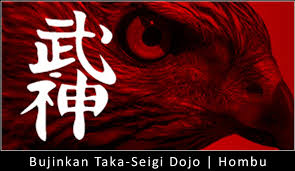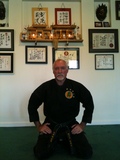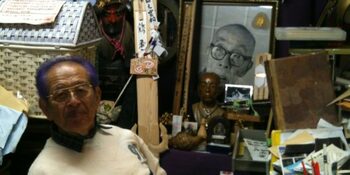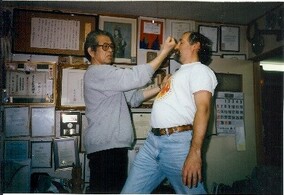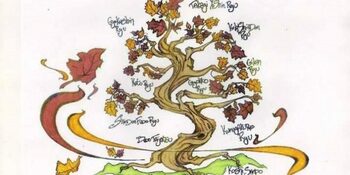
Ichimonji
10.12.18
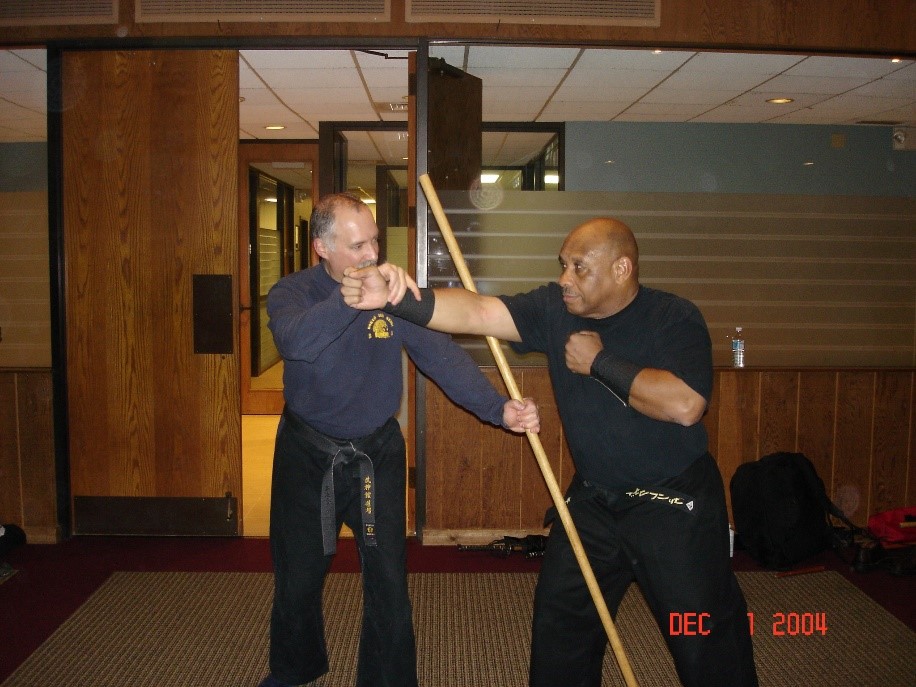
Arguably this is the one Japanese word that defines the art of the Bujinkan.
Ichimonji loosely means first position or stance. Is it a defensive position? Is it a ready position? Is it static or a move? Does it change to something else when you put a sword or Yari in your hands? Is Ichimonji from a specific ryu? These are some of the many questions we as students in the Bujinkan seem ask over and over, year in and year out.
My understanding is that Ichimonji is a generic term used in many Japanese martial arts to denote the first stance. As such it may appear differently depending on the art. In the late 60s when I studied Sing-I (similar to wushu and QiGong), the first stance I learned was an upright version of Ichimonji, but the rear hand was palm down and held under the leading elbow in a low guard position. Consider the Horse stance. Many of us learned this first stance when we studied various forms of Karate. It was the first stance I learned when I studied Shotokan and Taido in Okinawa in the early 70s. An aggressive fighting stance (similar to Jumonji) was the first stance I learned when I trained in KuKempo in the late 70s. I also learned the Bujinkan version of Ichimonji while training in KuKempo, but that is the subject of a discussion at another day. In the Bujinkan, Ichimonji appears to be a universal stance that we learn in most of the 9 Ryu-ha, and we learn it with and without weapons, which lends itself to being a true “first position.”
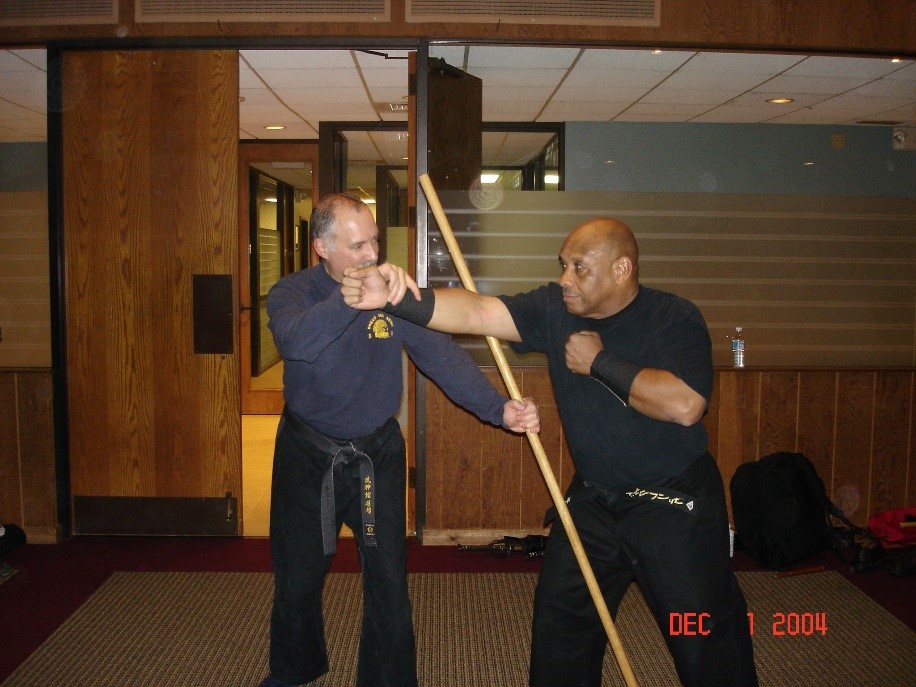
I believe I learned Ichimonji first in the Togakure Ryu form. A deep stance with about a 70-30% distribution of the weight on the back leg. The lead arm held straight out in front with the fingers stiff and pointing at your opponent. The rear hand in a guard position over the heart or over the neck. Then I learned the Gyokko Ryu form where the stance is 50-50% and the rear guard hand is in a Boshi-ken or Shito-ken, near the inside of the lead elbow.
For years I practiced the Kihon Happo and the Go Gyo and mixed up the Ichimonji form, both intentionally and later unintentionally. I got to a place where the stance started in Shizen first, then you would drop into a deep Ichimonji while bringing the lead arm up into a block first and then settle into the open hand pointing forward. I came to the understanding that Ichimonji was a stance in name only. That it was more about movement than how long you could hold a deep position. This was where I focused my own training and how I taught my students for many years.
In recent years, the Kihon Happo and Go Gyo (called our Base by Mark Lithgow) have experienced a sort of renaissance. This is most likely due to Soke observing poor form by many of us Gaijin at the 2007 DKMYS outdoors in Shimizu-koen. Since then, several of the Japanese Shitenno (the 4 senior Japanese Shihan at the time) have focused their training on proper form of the Kihon Happo and Go Gyo. Noguchi Sensei specifically has been very good at reviewing the basic forms to visiting Gaijin. It was during these training sessions that I realized that there is an exact form for Ichimonji as it is practiced in the Kihon Happo and that I had to relearn it. It is sometimes said in this art that at 5th dan Soke gives us a license to forget (the basics) and we use it often. There probably needs to be another saying in the Bujinkan that at 10th dan we need to relearn the basics before they are totally forgotten!
I am very excited to offer on our website subscribers video footage of Noguchi Sensei teaching the Kihon Happo, Go Gyo and kata from the 9 Bujinkan Ryu-ha. We have begun putting up footage featuring Noguchi Sensei teaching Shinden Fudo Ryu and will continue to put up footage of Noguchi Sensei and other Japanese Shihan and Soke himself in the coming months.
Phillip Legare
